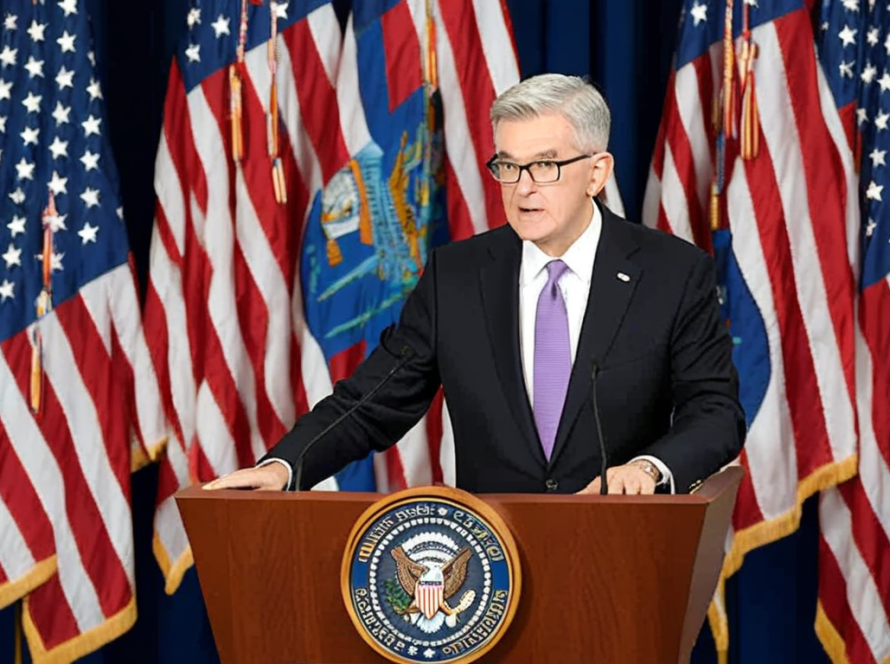In a notable advancement in the realm of financial regulation and cryptocurrency oversight, India’s Enforcement Directorate (ED) has reportedly seized digital assets valued at approximately $190 million. This operation has unveiled connections to another alleged Ponzi scheme linked to BitConnect, a platform infamous for its fraudulent practices that have resulted in substantial losses for investors globally. The seizure underscores the increasing scrutiny on cryptocurrency transactions and investment schemes in India, as authorities seek to clamp down on financial misconduct. This article will explore the details of the ED’s actions, the implications for the cryptocurrency landscape in India, and the broader impact on investor confidence in digital currencies.
Indian ED’s Recent Crypto Seizure and Its Implications for Investors
The enforcement Directorate (ED) in India has recently seized $190 million worth of cryptocurrencies in relation to yet another uncovered Ponzi scheme linked to BitConnect, bringing greater scrutiny and skepticism to the already wary cryptocurrency landscape in the country. This is the largest seizure so far in terms of value, and it ushers in numerous questions about the future of cryptocurrency investments for both Indian investors and the global crypto community.
- Investors are now obliged to be even more careful when investing in cryptocurrencies,especially considering the rising number of fraudulent entities exploiting the decentralized nature of the system for Ponzi schemes.
- Cryptocurrency exchanges also face the challenge of stricter regulations, as authorities seek to enforce improved financial security frameworks. Exchanges may need to establish more rigorous Know Your Customer (KYC) and Anti Money Laundering (AML) policies.
- Regulations will inevitably affect the adoption and acceptability of cryptocurrencies in India, perhaps curtailing the sector’s growth in the country.
- Considering such developments, uncertainty looms over the future of cryptocurrencies, which may lead to a decline in investor confidence and subsequent withdraws from the market.
Notwithstanding these challenges, the innovative nature of cryptocurrencies and their potential for financial inclusion and disruption in traditional banking cannot be ignored. With increased scrutiny,it is hopeful that these instances of fraud will decrease,leading to a healthier and safer cryptocurrency landscape for everyone.
Understanding the Mechanics of the BitConnect Ponzi Scheme
The recent seizure by Indian Enforcement Directorate (ED) of cryptocurrency worth $190 million has unveiled a replay of the infamous bitconnect Ponzi Scheme. As part of their inquiry, ED discovered that scammers tricked investors into handing over their precious savings believing they would receive sky-high returns. This turned out to be a stark echo of the BitConnect fiasco, where the now-defunct cryptocurrency investment platform promised unrealistic profits and left a plethora of disgruntled investors in its wake.
The scheme revolved around the following characteristics:
- False Promise of High Returns: Just like BitConnect,the alleged scammers persuaded investors with offerings of high and fast returns on their crypto-investments. They used lavish promises to attract the financially naive and the unsuspecting.
- Referral Program: To expand rapidly and gain the trust of lured investors, the scheme included a referral program. This not onyl boosted their reach, but also gave a façade of legitimacy to their operations.
- Fraudulent Exchange: The culprits set up their own phony cryptocurrency exchange platform. This deceitful platform served as the stage to not only dupe their victims, but also to launder the ill-gotten money.
Admittedly, to an untrained eye, such tactics may appear genuine, mainly due to the involvement of a cryptocurrency platform. However, these schemers fundamentally leveraged the same model as the BitConnect Ponzi scheme, relying heavily on an influx of new investors to pay old ones, rather than generating real profits from crypto trading. Such practices should be a stern warning to investors, highlighting the importance of proper scrutiny before placing their trust and funds into crypto ventures.
Regulatory Responses and the Future of cryptocurrency in India
The recent actions by the Enforcement Directorate (ED) in India show an increased scrutiny towards the operations of cryptocurrencies in the country. Just days ago, the ED seized crypto assets worth $190 million linked to online betting platforms and uncovered another BitConnect type ponzi scheme. Its clear that while cryptocurrencies may offer high earning potential, they are not immune to regulatory oversight and strict legal penalties.
While these may seem like isolated incidents, they speak volumes about the future of cryptocurrencies in india. Despite the decentralized and often anonymous nature of cryptocurrencies,Indian authorities have managed to penetrate these barriers and expose fraudulent activity. This has triggered concerns among Indian crypto enthusiasts regarding their future. Although it’s not all doom and gloom – the government has expressed interest in encouraging legitimate uses of blockchain, the technology that underpins cryptocurrencies, which could potentially lead to a more nuanced regulatory habitat. The key points to take away from this are:
- the Indian government is not entirely against cryptocurrencies: While the ED’s actions might suggest a crackdown, the country’s interest in blockchain indicates a willingness to adapt to the changing financial landscape.
- Increased regulation might mean safer investments: Greater oversight of cryptocurrency could weed out frauds and scams, making the space safer for individuals and businesses.
- The future is uncertain: Despite potential positives, the future of cryptocurrencies in India remains uncertain. Till there’s definitive legislation in place, the crypto community in India is likely to remain on tenterhooks.
Protective Measures for Investors in the Evolving Digital Asset Landscape
It’s becoming increasingly clear that the cryptocurrency marketplace is a risky pursuit. Just recently, the Indian Enforcement Directorate (ED) seized a whopping $190 million worth of digital currency and exposed yet another Ponzi scheme linked to the notorious bitconnect platform. The safety of your investments is paramount, so here are a few crucial steps you must take to safeguard your assets in this unpredictable landscape:
- Do Your Due Diligence: Always make sure to thoroughly research any digital asset or investment prospect you are interested in. Seek advice from reliable sources, scrutinize the track record of the company or platform you wish to invest in, and avoid those with dubious backgrounds or excessive promises.
- Safe Storage: Store your digital assets in a secure wallet. There are many secure wallet options available, such as hardware wallets or ‘cold’ wallets that are not connected to the internet and therefore less susceptible to hacking.
- Never Share Security Details: At no point should you share your wallet’s security details,session logs or any other sensitive data. Even if someone claims to be a representative of your wallet provider or the cryptocurrency company, never relinquish control of your assets.
In the face of these volatile market conditions, it’s incumbent on us all to protect our resources as best as we can. Remember,the key to safeguarding against ponzi schemes like BitConnect or potentially fraudulent platforms is staying informed and vigilantly monitoring your investments. Keep the above protective measures in mind and navigate this digital realm with a heightened sense of security and control.
The Conclusion
the recent seizure of $190 million worth of cryptocurrency by the Indian Enforcement Directorate (ED) highlights the ongoing efforts to combat financial fraud and illicit activities in the burgeoning digital asset space. The unveiling of another BitConnect-related Ponzi scheme serves as a reminder of the underlying risks that accompany the rapid evolution of cryptocurrency markets. As regulators tighten their grip on fraudulent operations and investors face increasing scrutiny, it becomes crucial for individuals to remain vigilant and informed about the potential hazards of investing in unregulated schemes. The developments in India not only signify a robust response to financial crime but also contribute to the larger conversation about the need for regulatory clarity in the cryptocurrency landscape. As the situation unfolds, industry participants and observers alike will be closely monitoring the implications for both investors and the future of digital currencies.






